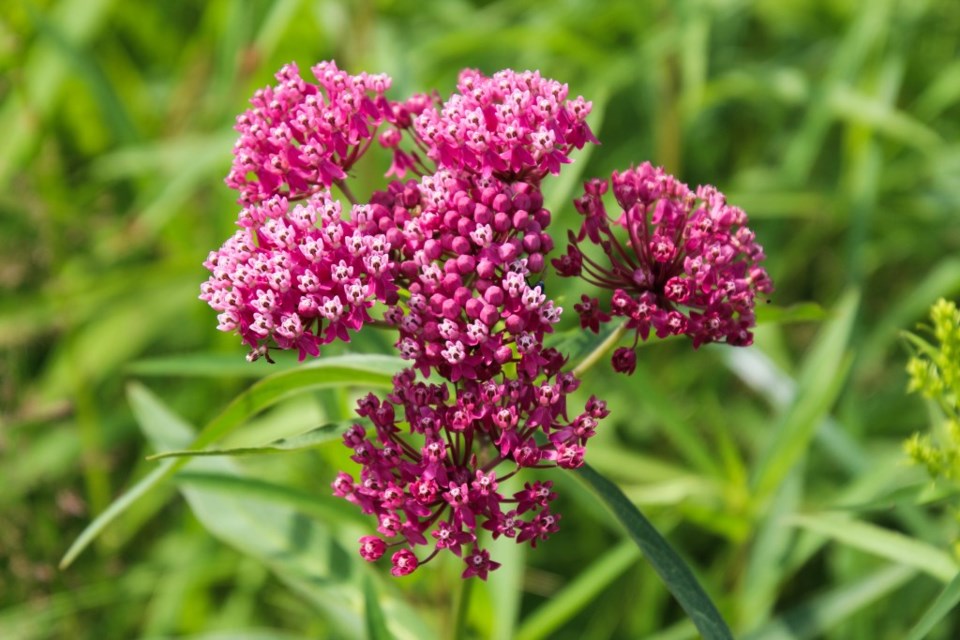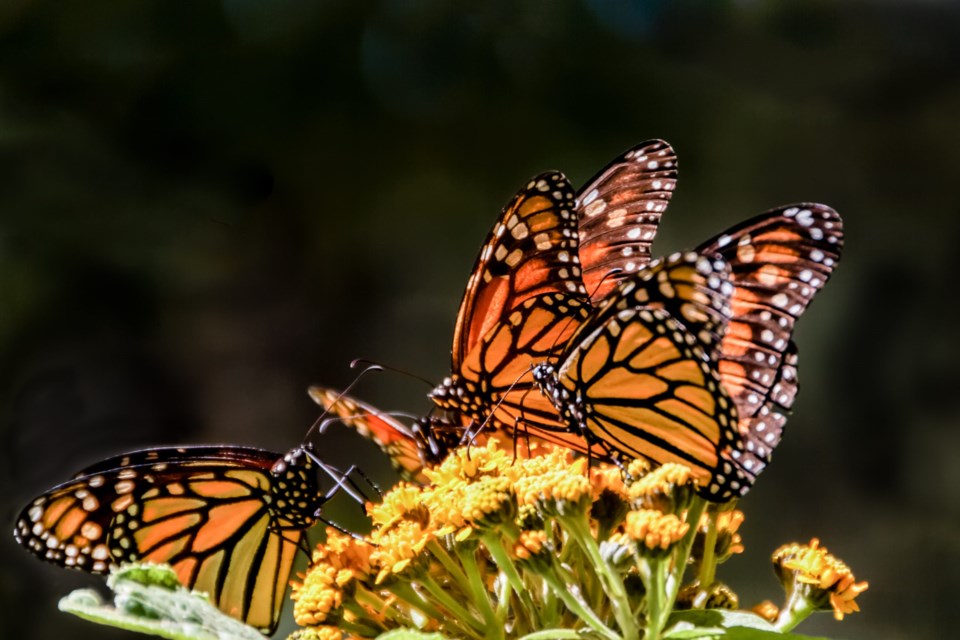Every year Texans get to enjoy the visit of millions of monarch butterflies passing through on their annual 2500 miles journey across the Americas, from Mexico to Canada, in spring and all the way back during fall.
But according to the International Union for the Conservation of Nature, the population of migratory monarch butterflies has shrunk by between 22% and 72% over the past decade. Since July 21, 2022, monarch butterflies are considered an endangered species.
The IUCN points to several factors that contribute to the dwindling number of butterflies: logging and deforestation for agricultural space or urban development are destroying areas where butterflies used to shelter in Mexico and California during winter, and pesticides and herbicides used in intensive agriculture and gardens kill not only butterflies but also milkweed, the host plant butterfly larvae feed on.
Climate change also has a significant impact on the butterflies' habitat. In addition to the abnormally dry weather and droughts, limiting the growth of milkweed and increasing the risk of wildfire, the high temperatures also trigger early migrations. That way, even if milkweed has been able to grow, butterflies will arrive before plants are available.
Because Texas is a middle point for the monarch’s migration journey, what happens to them here affects the overall population number, as Carol Clark, Monarch Watch specialist for North Texas, explained to the Fort-Worth Star-Telegram. “When it stays dry for the fall migration, then monarchs cannot fatten up as they pass through Texas, which they need to do, they won’t have enough fat stores to get through the winter in Mexico,” Clark said. “So if the drought persists into fall, we won’t have the wildflowers that they need to fatten up on the way to Mexico.”
“It is difficult to watch monarch butterflies and their extraordinary migration teeter on the edge of collapse, but there are signs of hope,” said Anna Walker, member of the IUCN SSC Butterfly and Moth Specialist Group and Species Survival Officer at the New Mexico BioPark Society. Walker, who led the monarch butterfly assessment, added, “From planting native milkweed and reducing pesticide use to supporting the protection of overwintering sites and contributing to community science, we all have a role to play in making sure this iconic insect makes a full recovery.”

What can you do to help the butterflies?
First, mark your gardening calendars. Clark explains that in spring monarchs need milkweeds to lay eggs on and nectar plants to gather energy for their journey north. So, if you have any patch of land available, as soon as the danger of frost has passed in March, start preparing a little habitat so they can stop by to recharge and leave their offspring. Late fall is the best time to plant milkweed seeds.
If you are serious about helping monarch butterflies, you can even register in the Monarch Waystation program by Monarch Watch and turn your home garden or balcony into a butterfly haven by adding any kind of milkweed and native nectar plants to your landscape. It will undoubtedly pay off once the migration begins and beautiful butterflies fill your garden.




